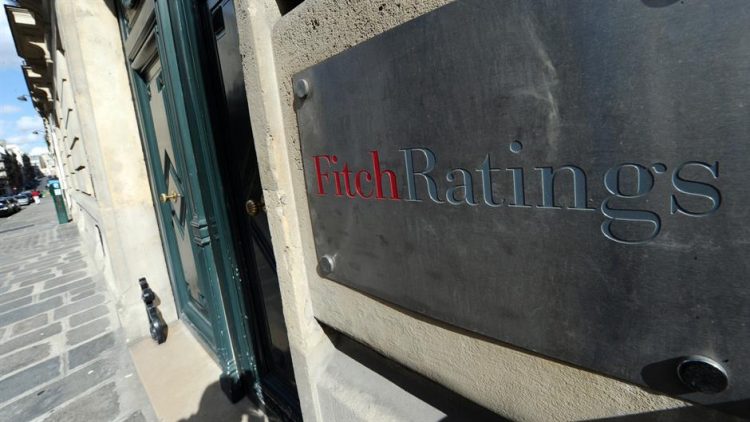
Rating agency Fitch maintained Croatia's long-term foreign-currency issuer default rating (IDR) at 'BB+' in its latest report on Friday, with a positive outlook. They said this was a result of its strong structural features, macroeconomic indicators and high GDP per capita, but also its with weak growth potential and high public sector debt.
The positive outlook given to Croatia reflect the agency’s projections that the primary budget surplus, low interest rates, and a healthy growth of GDP would continue to result in the reduction of the government debt.
Fitch expects Croatia to outperform its budget plan in 2018, for the third year running, with a budget deficit forecast of 0.2 percent of GDP, compared with the government’s projection of 0.5 percent.
Fiscal performance favourable despite the collapsing Uljanik dock
“Croatia’s fiscal performance continues to benefit from strong revenue growth and expenditure restraint,” Fitch said, and added that this was despite the contingent liabilities stemming from the troubled shipyard company Uljanik, which are expected to amount to approximately 0.6 percent of GDP this year.
They said that the general government budget will remain broadly balanced in 2019-20, against the small deficits projected by the authorities.
“Positive fiscal dynamics are underpinned by favourable nominal growth, the government’s commitment to meeting its expenditure rules as well as the incentive of joining the euro zone,” Fitch said.
Fitch forecast that the public debt-to-GDP ratio to fall to 74.1 percent of GDP by the end of 2018, down from 84 percent at end of 2014. They expect the ratio to continue decreasing, to 68.3 percent by 2020, and to 61.9 percent by 2023.
“This would still be well above the historical median of BB-rated countries of 38.3 percent of GDP,” Fitch said.
External deleveraging also continued at a rapid pace, supported by surpluses in the balance of payments.
Fitch forecast an average surplus of Croatia’s current account of 2.3 percent of GDP in 2018-20, as services exports – led by tourism – and current transfers remain robust, offsetting a slowdown in export of goods.
This will support a build-up of foreign reserves and further strengthen the country’s external crediting position, helping it contain external vulnerabilities.
Average GDP growth stands at 2.5 pct
The economy is set to maintain a moderate rate of expansion, averaging at 2.5 percent in the years 2018-20, supported by the growth in personal spending and the stability of prices and the local currency kuna exchange rate.
The report also noted that the country’s medium-term economic prospects are limited by negative demographic trends and structural weaknesses, with potential GDP growth estimated at around 2 percent.
The main downside risks include a sharper-than-expected slowdown in GDP growth in key European markets and/or a slowdown in tourist arrivals, given the importance of the sector for GDP growth, employment levels, and external financing.
Croatia’s banking sector remains stable
Croatia’s banking sector remained stable with ample liquidity, and the levels of capital held by banks is well above the regulatory minimum.
“Unlike the Agrokor fallout in 2017, banks have felt no impact from the troubles at Uljanik,” Fitch said in its report, adding that profitability is set to increase only modestly, as demand for loans remains muted.
The report also said that Croatia’s structural features are much stronger than its BB-rated peers.
“GDP per capita is 60 percent above the ‘BB’ median , and the country scores better than BB- and BBB-rated peers in terms of fiscal and human development indicators, thanks in part to its EU membership. The coalition government, installed in June 2017, has been able to implement its agenda relatively smoothly despite its small (parliament) majority,” Fitch added.
All three major credit agencies improved Croatia’s score in 2018
In January, Fitch had raised Croatia’s rating from ‘BB’ to ‘BB+’, with a stable outlook, which was the country’s first upgrade since 2004. In July, it improved the outlook from stable to positive.
Both Standard & Poor’s (S&P) and Fitch credit rating firms now rate Croatia as one grade below investment-level, while Moody’s rates it two levels below. S&P and Fitch are maintaining positive outlooks, while Moody’s rates it as stable.
Follow N1 via mobile apps for Android | iPhone/iPad | Windows| and social media on Twitter | Facebook.
